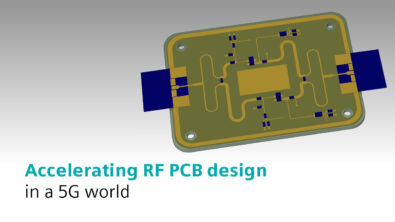Eliminate Design Spins Through Early Validation in the Digital Domain
Increasing performance requirements, coupled with pressure to improve product quality, are driving engineering teams to consider alternatives to their current validation approach. Best-practice design processes validate the digital twin (a model of your design) early and often to minimize re-spins and actually shorten the overall design cycle. This ‘left shift’ approach enables design engineers and layout designers to validate within their native environment, minimizing the bottleneck of waiting for specialist reviews and freeing specialists to resolve the remaining critical issues.

At this year’s PCB Forums, we demonstrated how design teams can eliminate design spins through early validation in the digital domain. If you missed out on attending one of this year’s PCB Forums, you’re in luck! A recording of our design validation session is now available for viewing on demand.
The session demonstrates examples of analysis and verification deployed throughout the design process, including schematic validation, signal and power integrity, electrical sign-off, thermal, vibration, and manufacturability.
What You Will Learn
- Challenges of design validation
- Best practices for design validation
- Forms of analysis: signal and power integrity, vibration and acceleration, thermal, and analog/mixed signal
- Forms of verification: schematic validation, electrical sign-off, and manufacturability
Click below and discover how to eliminate design spins through early validation in the digital domain.



